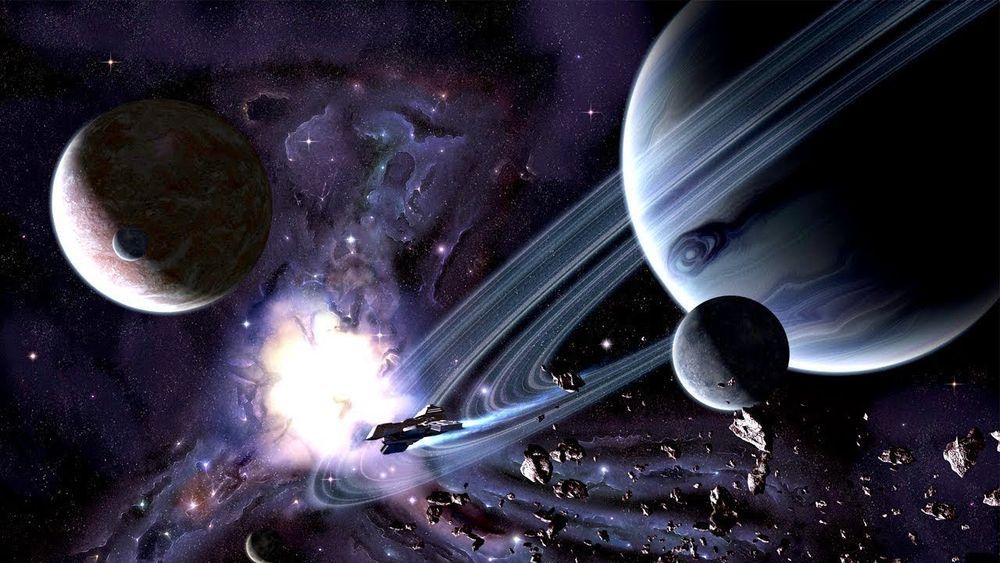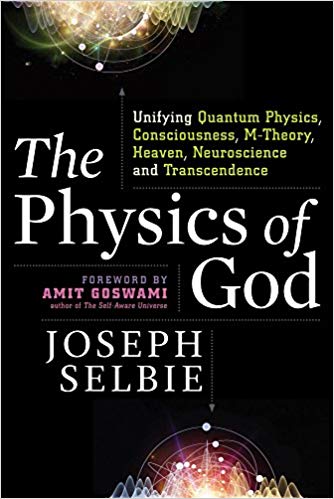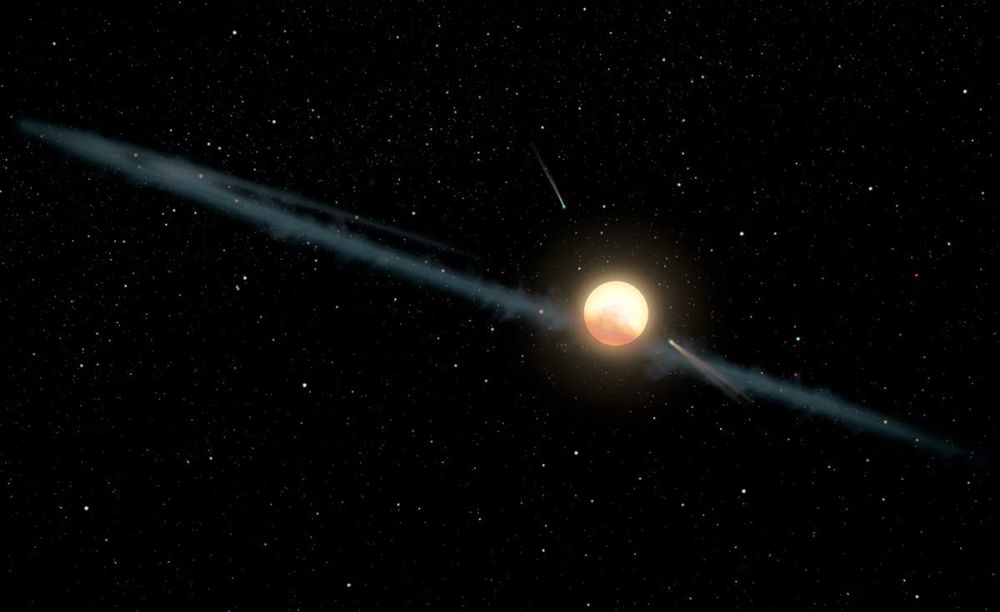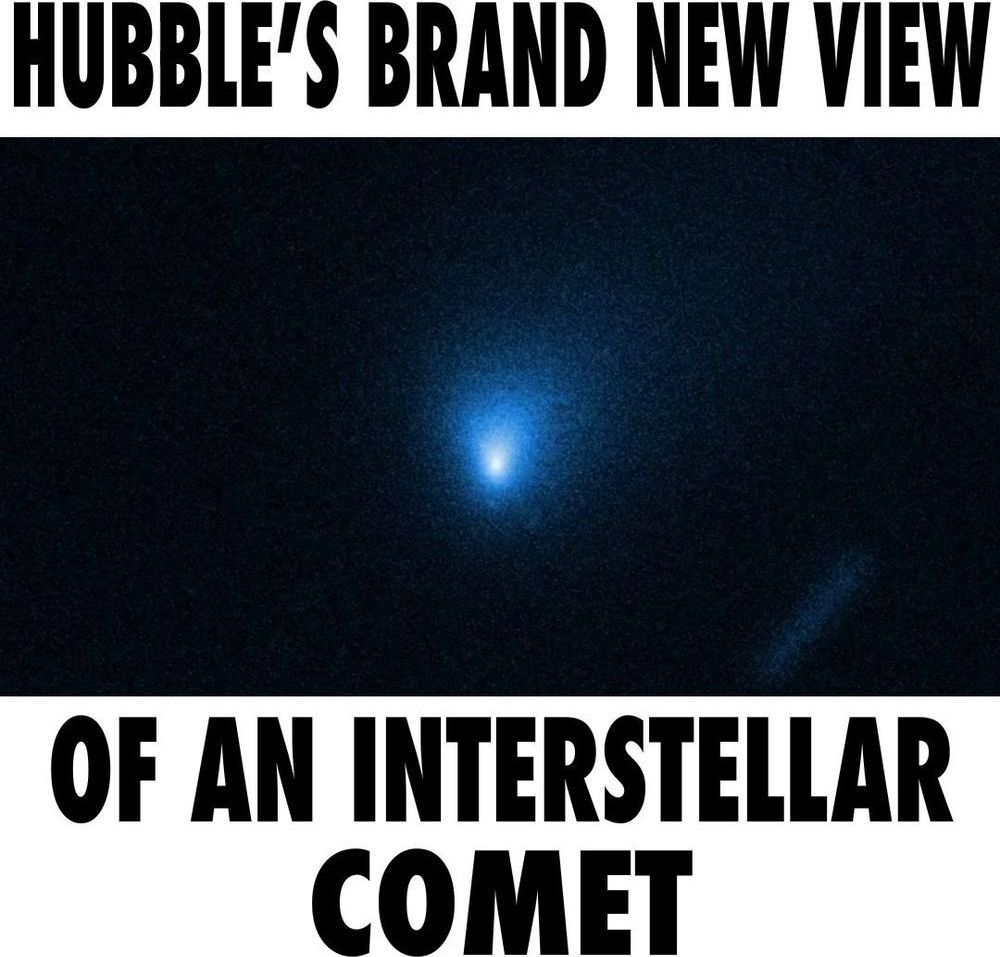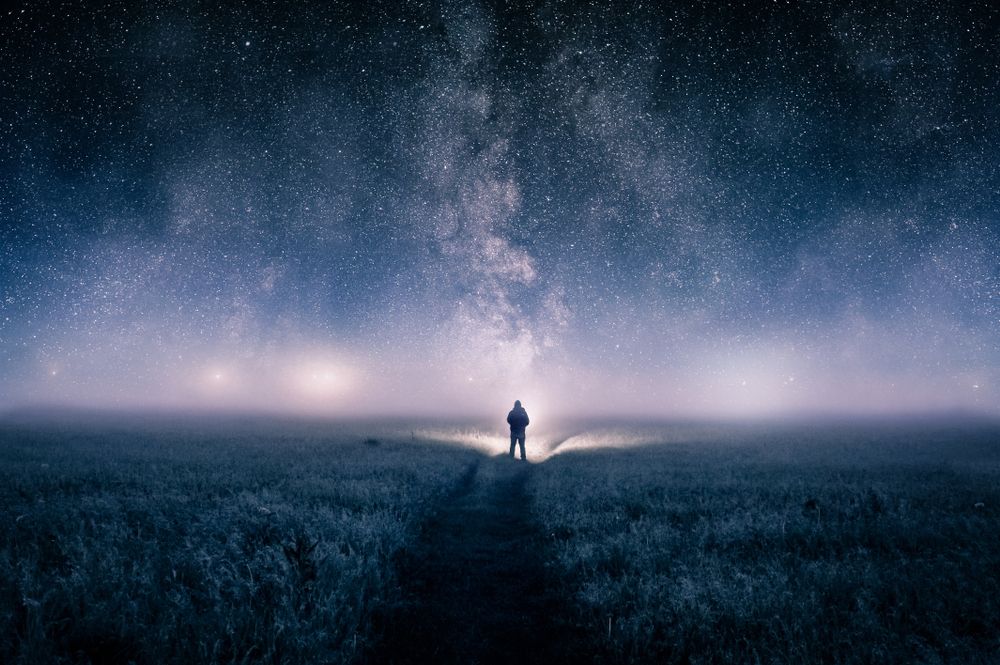It could provide the structure and funding needed to hunt down ET.
Category: alien life – Page 103
How do we find other planets?
For life in the universe to be abundant, planets must be abundant. But planets are hard to detect because they are small, and much fainter than the stars they orbit.
How does life begin?
Scientists do not yet know how the first living things arose on Earth. The geological record shows that life appeared on Earth almost as soon as the young planet was cool and stable enough for living things to survive. This suggests that life may exist wherever conditions allow it.
What if god was literally real. Let’s just posit that instance. What if a type 7 civilization existed. What if the realm of impossibility of dream existed. I think if a realm of impossibility existed it have literal physics. This book talks about this real instance of possible impossibility. What if water into wine literally happened it would have a literal physics. In the realm of science of the impossible there could have a literal scientific proof that a chimp with god like powers did exist that essentially maybe it prove of a being that has impossible abilities. Some even posit that god is an alien perhaps. That the universe is a sandbox for us to live much like a video game is. That the vast expansion of this bubble universe with its realm of physics that has near endless possibilities stands to reason of a creator that has made those to be. That it is not just farming we do on earth but rather something different that even in a grain of sand there is infinite possibilities because essentially it was manufactured by a god like being that physically existed. This could rewrite the history books even proving that god does exist as an actual being of immense abundance and power. M theory would solve the questions we all hold dear that the secrets of the universe may be hidden in m theory.
Setting aside the pervasive material bias of science and lifting the obscuring fog of religious sectarianism reveals a surprisingly clear unity of science and religion. The explanations of transcendent phenomena given by saints, sages, and near-death experiencers—miracles, immortality, heaven, God, and transcendent awareness—are fully congruent with scientific discoveries in the fields of relativity, quantum physics, medicine, M-theory, neuroscience, and quantum biology.
Have you ever laid wide-awake in the late hours of the night wondering what your life would look like if you took that other job, moved countries, or ended up with someone else? While there’s no definite answer — and probably never will be — the idea that there’s multiple versions of you, living in various universes, isn’t as make-believe as you might think.
According to Sean Carroll, a theoretical physicist at the California Institute of Technology and author of Something Deeply Hidden: Quantum Worlds and the Emergence of Spacetime, the increasingly popular theory of Many Worlds Interpretation suggests every fundamental event has multiple possible outcomes and splits the world into alternate realities.
This mind-bending idea originally came from Hugh Everett, a graduate student who wrote just one paper in the 1950s. Everett’s theory describes the universe as a “changing set of numbers, known as the wave function, that evolves according to a single equation.” According to Many Worlds, the universe continually splits into new branches, to produce multiple versions of ourselves. Carroll argues that, so far, this interpretation is the simplest possible explanation of quantum mechanics.
I think this is real but some say it isn’t.
A mysterious star whose repeated bouts of darkening might be due to “alien megastructures,” according to some researchers’ conjectures, may now have more than a dozen counterparts that display similarly mystifying behavior, a new study finds.
Further research into all of these stars might help solve the puzzle of their bewildering flickering, the study’s author said.
In 2015, scientists noticed unusual fluctuations in the light from a star named KIC 8462852. This otherwise-normal F-type star, which is slightly larger and hotter than Earth’s sun, sits about 1,480 light-years from Earth, in the constellation Cygnus.
No one knows where it came from
Posted in alien life
No one knows how long it has been drifting through the empty, cold abyss of interstellar space. But this year an object called comet 2I/Borisov came in from the cold. It was detected falling past our Sun by a Crimean amateur astronomer. This emissary from the black unknown captured the attention of worldwide astronomers who aimed all kinds of telescopes at it to watch the comet sprout a dust tail. The far visitor is only the second known object to enter our solar system coming from elsewhere in the galaxy, based on its speed and trajectory. Like a racetrack photographer trying to capture a speeding derby horse, Hubble took a series of snapshots as the comet streaked along at 110,000 miles per hour. Hubble provided the sharpest image to date of the fleeting comet, revealing a central concentration of dust around an unseen nucleus. The comet was 260 million miles from Earth when Hubble took the photo.
In 2017, the first identified interstellar visitor, an object formally named ‘Oumuamua, swung within 24 million miles of the Sun before racing out of the solar system. Unlike comet 2I/Borisov, ‘Oumuamua still defies any simple categorization. It did not behave like a comet, and it has a variety of unusual characteristics. Comet 2I/Borisov looks a lot like the traditional comets found inside our solar system, which sublimate ices, and cast off dust as they are warmed by the Sun. The wandering comet provides invaluable clues to the chemical composition, structure, and dust characteristics of planetary building blocks presumably forged in an alien star system.
For more information: https://www.nasa.gov/feature/goddard/2019/hubble-observes-1s…lar-comet/
The teams behind TESS and the Breakthrough Listen SETI search are collaborating to look for nearby “technosignatures.”
Could intelligence simply be unlikely to evolve? Unfortunately, we can’t study extraterrestrial life to answer this question. But we can study some 4.5 billion years of Earth’s history, looking at where evolution repeats itself, or doesn’t.
Related: from big bang to present: snapshots of our universe through time.
A ‘GOD-LIKE’ alien civilisation has been discovered deep in the cosmos, according to an extraterrestrial hunter.


